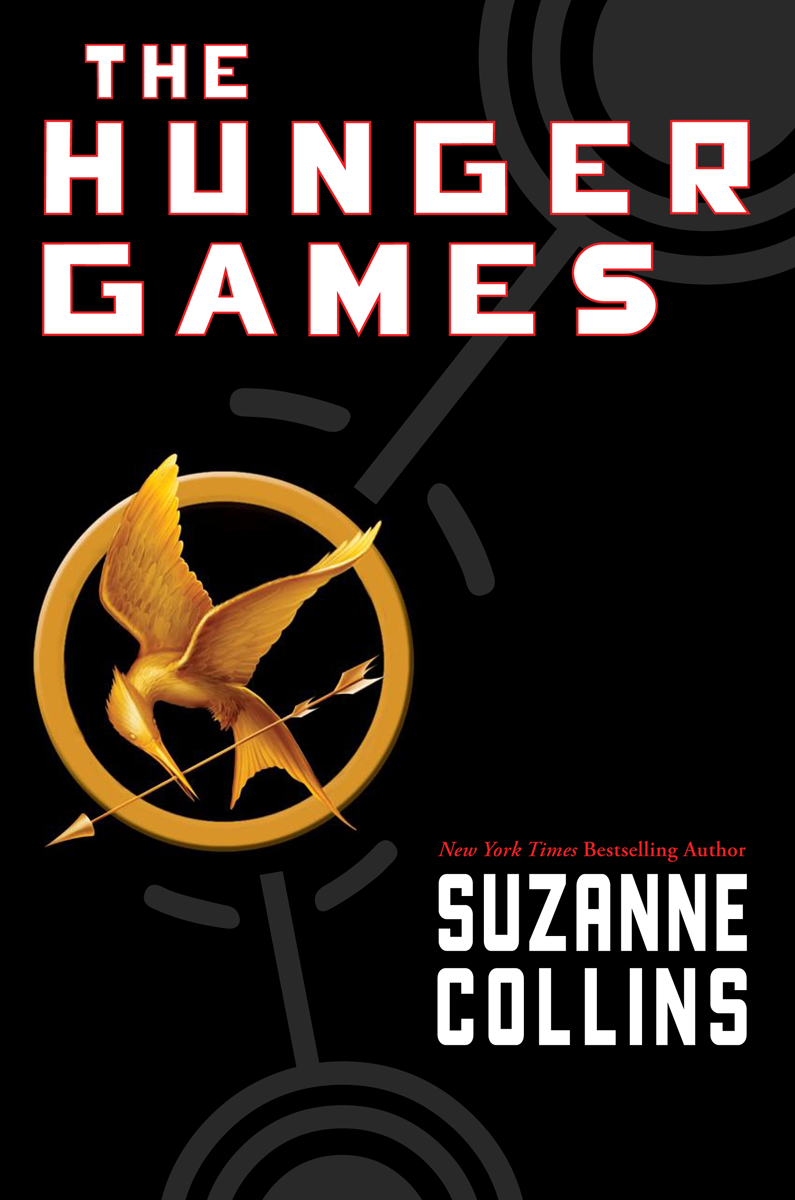
Blink and you’ll miss it. It’s a world of immediacy and surprise, with murder for entertainment and cruelty for superiority.
Author Suzanne Collins depicts a futuristic dystopia in “The Hunger Games,” a trilogy which has attracted a strong following among teenage readers. With a movie edition debuting in theatres March 23, the series’ popularity has skyrocketed over the last few months and has drawn thousands of teenagers’ and attention.
In the nation of Panem, twelve districts, subjugated by an imperial Capitol, play in the annual Hunger Games, a televised series of games in which children between the ages of 12 and 18 are forced to fight to the death. Each district sends one girl and one boy in selections almost entirely based on chance and the socioeconomic status of the children. The book opens with the 74th Hunger Games, in which the protagonist, Katniss Everdeen, is selected to represent District 12.
The book is delightfully fresh and aimed towards teenagers. The characters emerge as startlingly three-dimensional and real, from the cynical and rebellious Katniss Everdeen to the more circumspect but trenchant Gale, Katniss’ best friend and hunting partner. The dark undertone of despair in the book is a compliment to the showy, pretentious and controversial Hunger Games that are the focus of the book and the story’s action sequences are sure to draw in all but the most reserved of readers.
And yet, Collins tries too hard. In errant one-word descriptions of characters and sentimental memory asides, Collin reveals a fundamental weakness in her writing. Her care for her characters shows vividly in her writing, and in a book that is narrated in the first-person by the self-deprecating Everdeen, this weakens Collins’ prose. With Collins’ fascination and care for the world of Panem and her characters contrasting sharply with Everdeen’s self-deprecation and cynicism, a flat and trite narrative emerges. Collins attempts to write a story in which the characters know little of their true value and worth because of their lives of destitution and poverty, but instead hints that the characters’ self-deprecation is superficial; beneath the self-abnegating veil lay pride and egotism.
Indeed, the prose carries in many ways as that of a teenager – and perhaps this is why so many teenagers have flocked to this book. But what is an attractant to one group is a deterrent to another: the book focuses on a very narrow audience and few outside the teenage group would identify with the book with the same intensity.
Despite this, the book is, undeniably, vivid with a power underscored by its popularity. In depicting this dystopian “what if?,” Collins gives us a world that reverberates with us strangely, but surely, in that all of us can identify with the fundamental human message that carries throughout. With its moments of savagery and brutality to love and compassion, Collins takes us through the gamut of human emotions and shows us what it means to be human, if given a chance, and what happens when one allows oneself to be oppressed and locked in.

